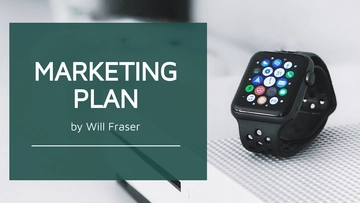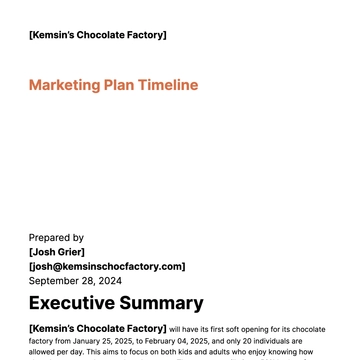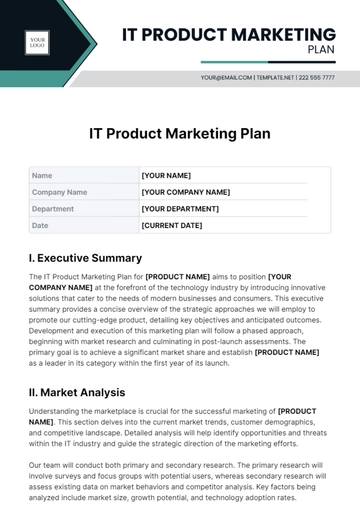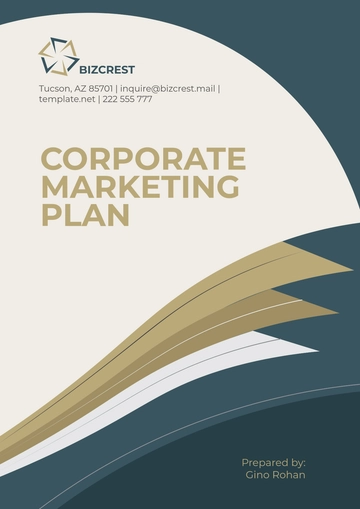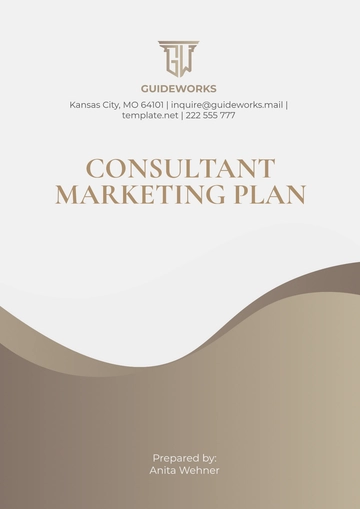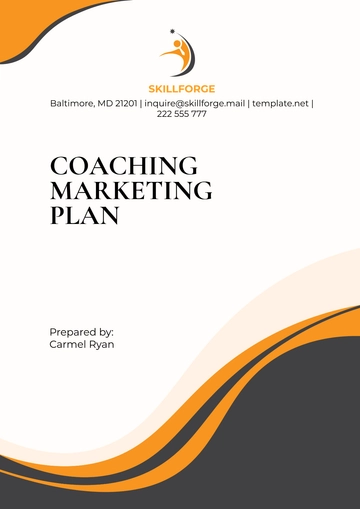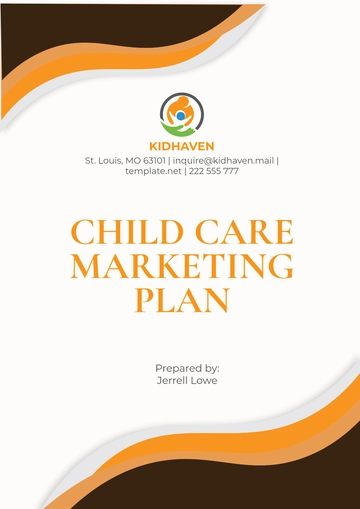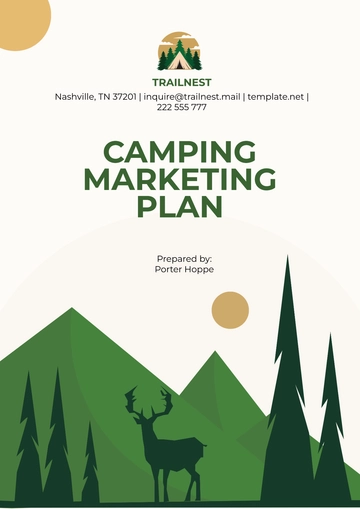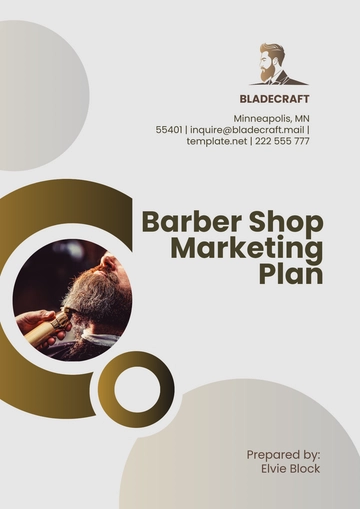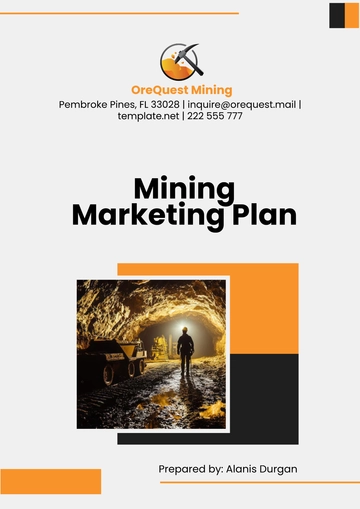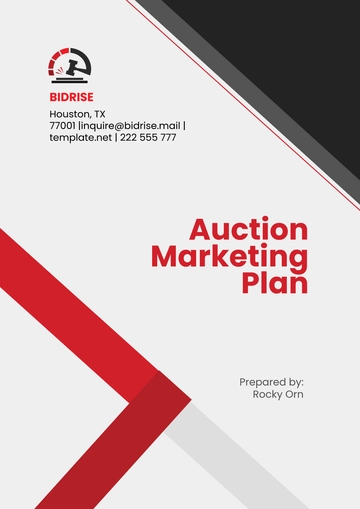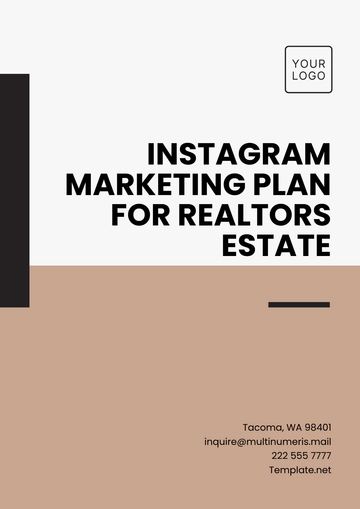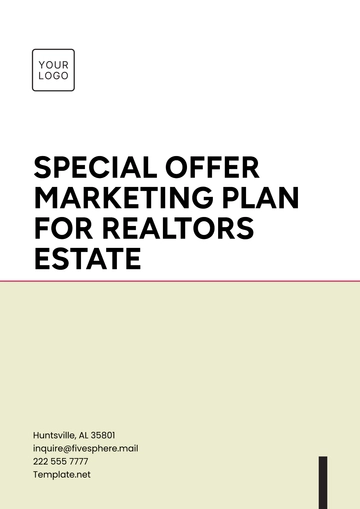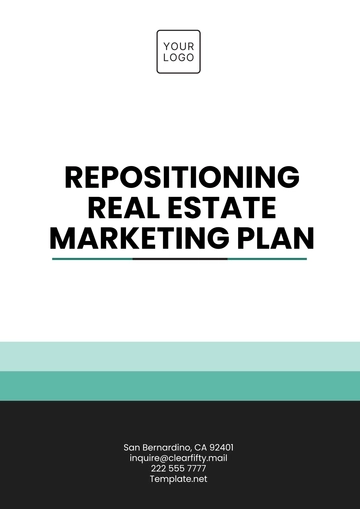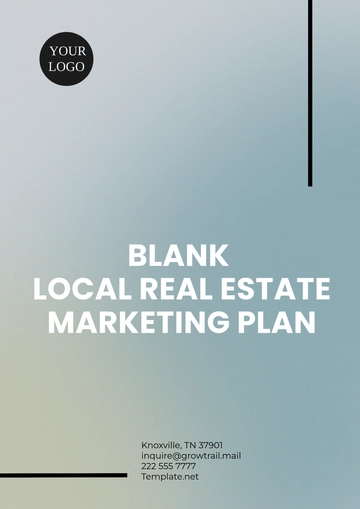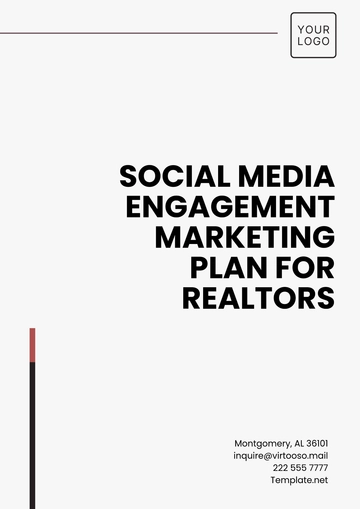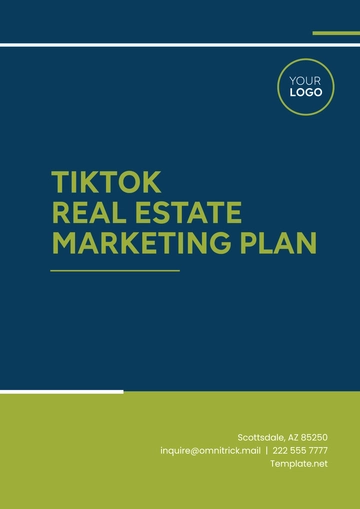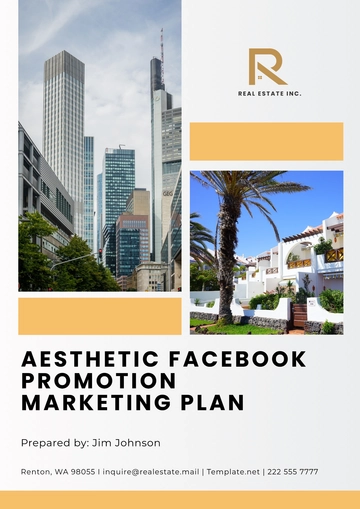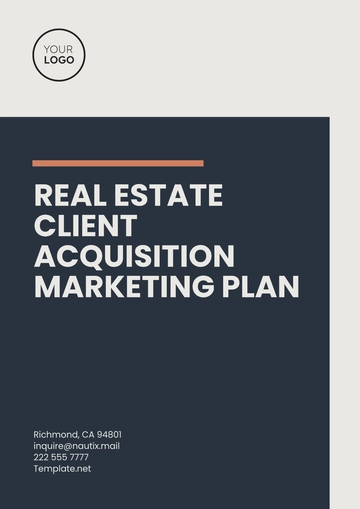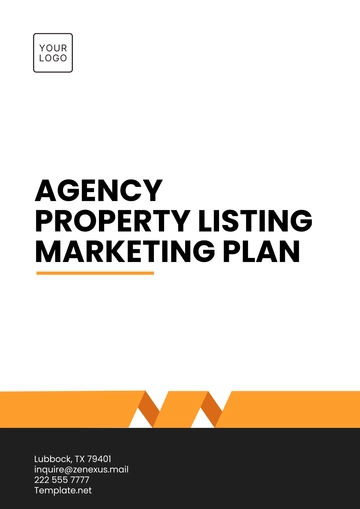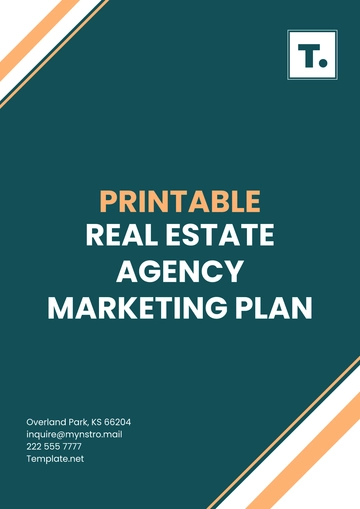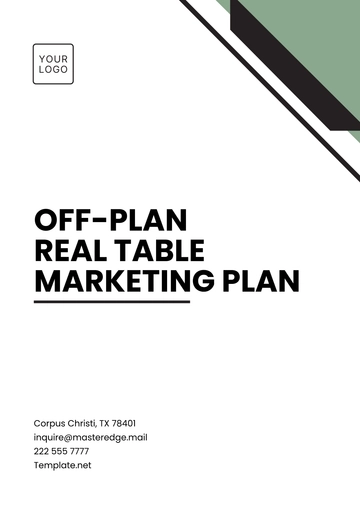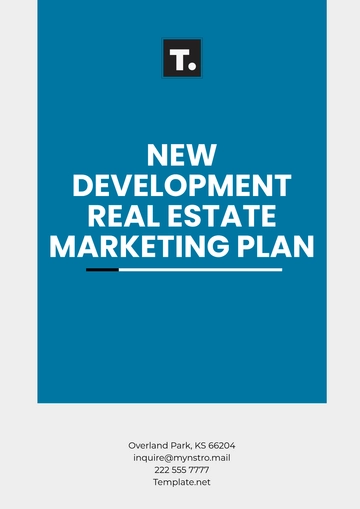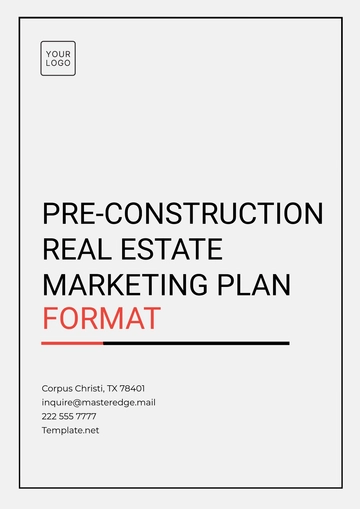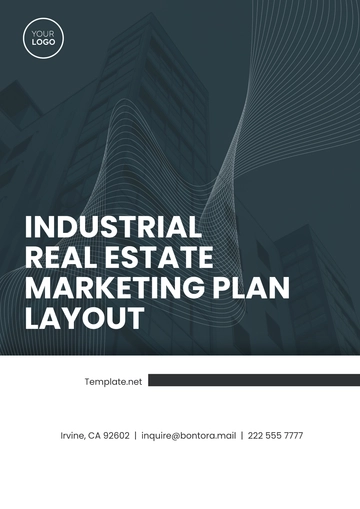Free Hotel Sales and Marketing Plan
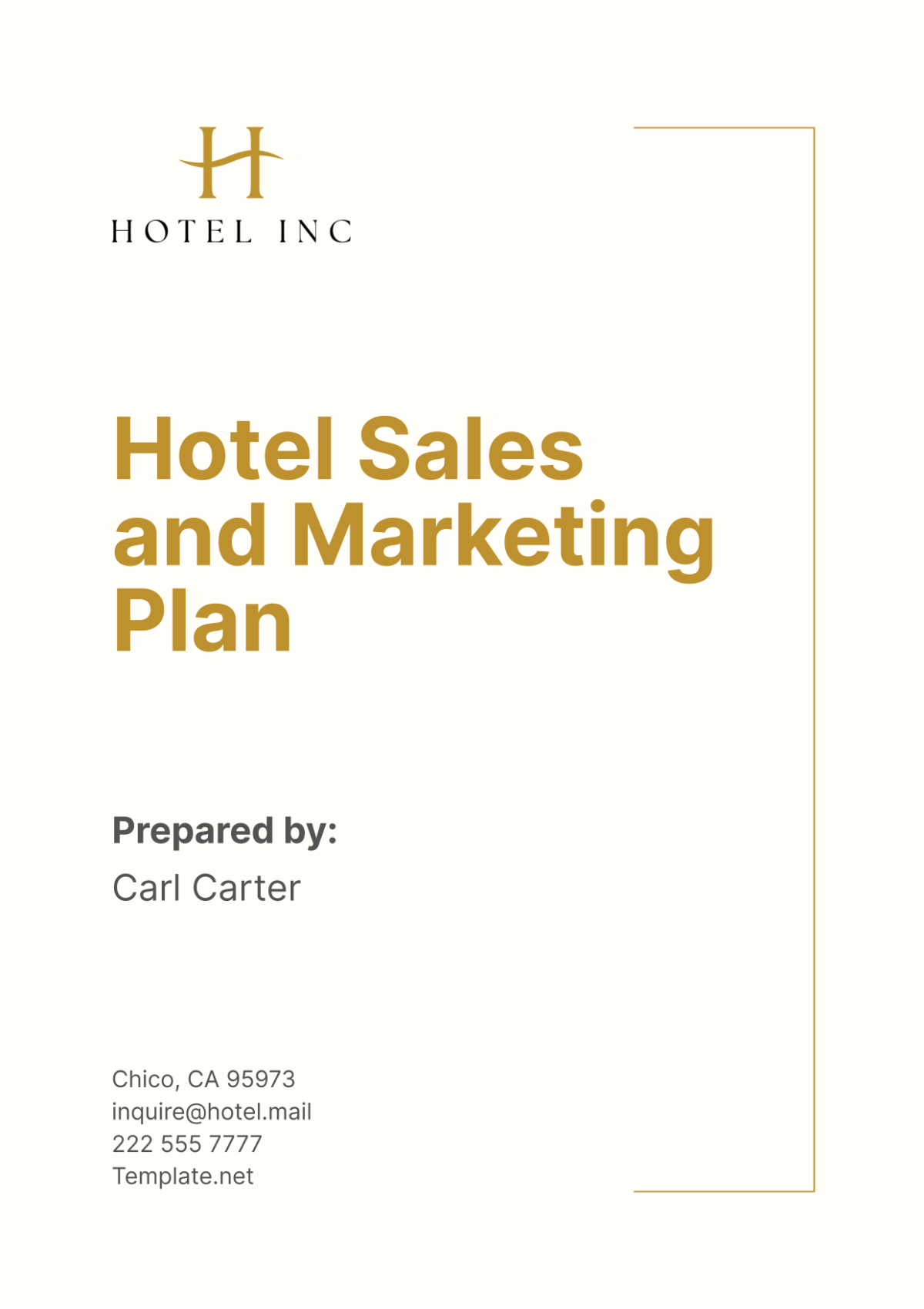
I. Executive Summary
A. Overview
[Your Company Name] is a leading hospitality provider in the [Location] area, offering premium accommodations and exceptional services. With a diverse range of amenities, including a state-of-the-art conference center, luxurious spa, and gourmet dining options, our hotel caters to both business and leisure travelers. Our strategic location, near major attractions and business hubs, makes us the preferred choice for a wide range of guests. Over the years, [Your Company Name] has built a reputation for excellence, consistently receiving high ratings and positive reviews from satisfied customers. We are committed to maintaining our high standards and continually improving our services to meet the evolving needs of our guests.
B. Mission Statement
Our mission is to provide unparalleled guest experiences through exceptional service, high-quality accommodations, and innovative amenities, fostering loyalty and promoting sustainable growth. We strive to create a welcoming and comfortable environment for our guests, ensuring their every need is met with professionalism and care. Our commitment to sustainability and community involvement is reflected in our business practices, as we aim to contribute positively to the local economy and environment.
C. Vision Statement
Our vision is to be the preferred hotel for travelers in the [Location] area, renowned for our commitment to excellence, sustainability, and community engagement. We envision a future where [Your Company Name] is synonymous with luxury, comfort, and exceptional service. By continually innovating and adapting to market trends, we aim to set new standards in the hospitality industry. Our vision includes expanding our footprint and influence, making [Your Company Name] a globally recognized brand.
D. Strategic Objectives
Increase occupancy rates by [15%] over the next year. This will involve targeted marketing campaigns, partnerships with travel agencies, and optimizing our online presence to attract more guests.
Boost average daily rate (ADR) by [10%] through targeted marketing efforts. We will introduce premium packages and enhance our value proposition to justify higher rates while maintaining competitive pricing.
Enhance brand recognition and loyalty through strategic partnerships and marketing campaigns. Collaborations with well-known brands and influencers will help us reach a broader audience and strengthen our market position.
Expand corporate client base by [20%] through focused B2B marketing. We will attend business conferences, offer tailored corporate packages, and build relationships with local and multinational companies.
Improve guest satisfaction scores to [95%] by optimizing service quality and amenities. Continuous training for our staff, upgrading our facilities, and implementing guest feedback will ensure a superior guest experience.
II. Market Analysis
Understanding the market landscape is critical for developing effective sales and marketing strategies. This section delves into the current market trends, competitive analysis, target market segmentation, and SWOT analysis.
A. Market Trends
Growth in Domestic Travel: Increasing preference for local travel destinations due to global uncertainties and travel restrictions. This trend is fueled by a desire for safer, more accessible travel options and a growing appreciation for local attractions.
Rise of Digital Bookings: A significant shift towards online booking platforms, with [70%] of reservations made through digital channels. The convenience and ease of online bookings make it the preferred choice for modern travelers.
Sustainability Focus: Growing demand for eco-friendly accommodations and sustainable practices within the hospitality industry. Guests are increasingly looking for hotels that demonstrate environmental responsibility, such as reducing waste and using renewable energy sources.
Experience-Driven Travel: Travelers increasingly seek unique and personalized experiences rather than traditional hotel stays. This includes customized packages, local cultural experiences, and exclusive amenities that create memorable stays.
B. Competitive Analysis
1. Competitor Overview
Competitor Name | Location | Key Strengths | Market Share (%) |
|---|---|---|---|
Hotel A | Downtown | Luxury amenities, strong brand | [25%] |
Hotel B | Midtown | Affordable rates, central location | [20%] |
Hotel C | Suburbs | Family-friendly, extensive facilities | [15%] |
Hotel A, located in the bustling downtown area, attracts high-end clientele with its luxurious amenities and well-established brand. Hotel B, situated in midtown, appeals to budget-conscious travelers who appreciate its affordable rates and convenient location. Hotel C, positioned in the suburbs, is popular among families due to its extensive facilities, including large pools, playgrounds, and kid-friendly activities.
2. SWOT Analysis
Strengths | Weaknesses |
|---|---|
Prime location in [Location] | High operational costs |
Comprehensive range of amenities | Limited brand recognition outside region |
Strong customer loyalty programs | Dependence on seasonal tourism |
Opportunities | Threats |
|---|---|
Expansion into corporate events market | Increased competition from boutique hotels |
Adoption of eco-friendly initiatives | Economic downturns affecting travel |
Leveraging digital marketing strategies | Fluctuating tourism trends |
[Your Company Name] enjoys a prime location, attracting a steady stream of guests and offering a comprehensive range of amenities that cater to diverse needs. Our strong customer loyalty programs further enhance our appeal. However, high operational costs and limited brand recognition outside the region present challenges. Opportunities lie in expanding into the corporate events market and adopting eco-friendly initiatives, while threats include increased competition and economic fluctuations affecting travel.
C. Target Market Segmentation
Business Travelers:
Demographics: Professionals aged [30-55], middle to upper management, frequent business travelers. These individuals prioritize efficiency, comfort, and convenience during their stays.
Needs: High-speed internet, business center access, conference facilities, loyalty programs. Providing seamless and efficient services that cater to their work needs is crucial.
Leisure Travelers:
Demographics: Families, couples, solo travelers aged [25-65]. This diverse group seeks relaxation, adventure, and unique experiences.
Needs: Recreational amenities, local experiences, package deals, family-friendly options. Offering a variety of activities and amenities ensures we meet the expectations of all leisure travelers.
Event Planners:
Demographics: Corporate event planners, wedding planners, organizers of social gatherings. These professionals require versatile and customizable spaces to host successful events.
Needs: Customizable event spaces, catering services, audio-visual equipment, accommodation packages. Providing comprehensive support and high-quality facilities helps us stand out as a top choice for events.
III. Sales Strategy
The sales strategy outlines the approaches to achieving sales targets, expanding market reach, and enhancing client relationships.
A. Sales Objectives
Increase corporate bookings by [20%] within the next year. This goal will be achieved through targeted outreach and the development of tailored corporate packages.
Achieve a [15%] growth in leisure bookings through seasonal promotions and packages. By offering attractive deals and experiences, we aim to capture a larger share of the leisure travel market.
Enhance group bookings for events by [10%] through targeted outreach. We will focus on establishing relationships with event planners and offering competitive packages to attract more group bookings.
B. Sales Tactics
Corporate Outreach:
Establish partnerships with local businesses and multinational corporations. These partnerships will provide a steady stream of corporate clients.
Offer tailored corporate packages with discounts on extended stays and event spaces. Customizing our offerings to meet the specific needs of corporate clients will enhance our appeal.
Attend industry trade shows and networking events to build connections. These events provide opportunities to showcase our services and establish valuable contacts.
Leisure Packages:
Develop themed packages (e.g., wellness retreats, adventure tours) to attract different traveler segments. These packages will offer unique experiences that cater to specific interests.
Collaborate with local attractions and tour operators to create exclusive experiences. Partnerships with local businesses will enhance the appeal of our packages.
Implement seasonal promotions to drive bookings during off-peak periods. These promotions will help maintain steady occupancy rates throughout the year.
Group Bookings:
Provide incentives for bulk bookings such as complimentary services or discounts. Offering added value will encourage more group bookings.
Offer customizable packages for weddings, conferences, and social events. Flexibility in our offerings will attract a wide range of events.
Utilize customer relationship management (CRM) systems to track and manage group inquiries. Efficient management of inquiries will ensure a smooth booking process.
IV. Marketing Strategy
The marketing strategy focuses on building brand awareness, driving engagement, and increasing bookings through various channels.
A. Marketing Objectives
Boost brand awareness by [30%] through digital marketing efforts. Expanding our online presence and engaging with potential guests will enhance our brand visibility.
Increase website traffic by [25%] using SEO and content marketing. Optimizing our website and providing valuable content will attract more visitors and potential guests.
Achieve a [20%] growth in social media engagement and followers. Engaging content and interactive campaigns will increase our social media presence and follower base.
B. Marketing Channels
Digital Marketing:
SEO and Content Marketing: Enhance website visibility through optimized content and blog posts related to travel tips, local attractions, and hotel updates. Regular updates and valuable information will improve our search engine rankings.
PPC Advertising: Implement pay-per-click campaigns on Google Ads and social media platforms to drive targeted traffic. These campaigns will ensure our ads reach the right audience at the right time.
Email Marketing: Send personalized email campaigns featuring special offers, newsletters, and event announcements. Personalized content will increase open rates and engagement.
Social Media:
Platforms: Focus on Instagram, Facebook, LinkedIn, and Twitter to reach diverse audience segments. Each platform will have tailored content to engage its unique user base.
Content Strategy: Share high-quality images, guest testimonials, behind-the-scenes content, and promotional videos. Visual and interactive content will enhance engagement and brand loyalty.
Engagement: Host contests, polls, and Q&A sessions to interact with followers and boost engagement. Active engagement will foster a sense of community and increase our reach.
Traditional Marketing:
Print Advertising: Place ads in travel magazines, local newspapers, and industry publications. Print ads will reach audiences who prefer traditional media.
Public Relations: Engage with travel bloggers, influencers, and journalists to generate media coverage. Positive media coverage will enhance our brand reputation.
Partnerships: Collaborate with local businesses and tourism boards to cross-promote services. Partnerships will increase our exposure and attract more guests.
C. Marketing Campaigns
Seasonal Promotions:
Summer Getaway: Offer discounted rates and special packages for families during the summer months. These promotions will attract families looking for vacation deals.
Winter Retreat: Promote cozy winter packages with amenities like hot cocoa bars and fireplace lounges. Winter packages will appeal to guests seeking a warm and relaxing getaway.
Holiday Campaigns:
Valentine’s Day Special: Create romantic packages for couples including dinner, spa treatments, and late check-out. These packages will attract couples looking for a special celebration.
New Year’s Eve Celebration: Host an exclusive New Year’s Eve event with live entertainment and a gourmet dinner. This event will draw guests looking for a memorable New Year’s celebration.
Event-Specific Campaigns:
Corporate Retreats: Develop marketing materials highlighting the hotel’s conference facilities and team-building activities. These materials will attract corporate clients planning retreats.
Wedding Packages: Showcase wedding packages with customizable options for ceremonies, receptions, and guest accommodations. Highlighting our flexibility and comprehensive services will attract wedding planners.
D. Budget Allocation
Marketing Channel | Budget Allocation (%) |
|---|---|
Digital Marketing | [40%] |
Social Media | [25%] |
Traditional Marketing | [20%] |
Public Relations | [10%] |
Contingency | [5%] |
Allocating [40%] of our marketing budget to digital marketing will ensure we reach a wide audience through SEO, PPC, and content marketing. Social media, which receives [25%] of the budget, will drive engagement and brand awareness. Traditional marketing, with [20%] of the budget, will complement our digital efforts by reaching audiences through print media. Public relations, allocated [10%], will enhance our brand reputation through media coverage and influencer partnerships. A [5%] contingency fund will provide flexibility to adjust our strategies as needed.
V. Financial Projections
This section provides detailed financial projections, including revenue targets, cost analysis, and ROI estimates.
A. Revenue Targets
Revenue Source | 2050 Projections |
|---|---|
Room Bookings | [$1,500,000] |
Food and Beverage | [$600,000] |
Event Hosting | [$400,000] |
Ancillary Services | [$250,000] |
Total Revenue | [$2,750,000] |
We project room bookings to generate [$1,500,000] in revenue, driven by increased occupancy rates and higher ADR. Food and beverage sales are expected to contribute [$600,000], with growth from our restaurant, bar, and catering services. Event hosting will bring in [$400,000], supported by our efforts to attract more corporate and social events. Ancillary services, including spa treatments and recreational activities, will add another [$250,000] to our revenue, resulting in a total projected revenue of [$2,750,000].
B. Cost Analysis
Expense Category | Annual Budget [$] |
|---|---|
Marketing Expenses | [$450,000] |
Operational Costs | [$700,000] |
Staff Salaries | [$600,000] |
Maintenance and Upgrades | [$350,000] |
Miscellaneous | [$250,000] |
Total Expenses | [$2,350,000] |
Our annual budget includes [$450,000] for marketing expenses, reflecting our comprehensive marketing strategy. Operational costs are projected at [$700,000], covering utilities, supplies, and general maintenance. Staff salaries, a significant portion of our budget, will amount to [$600,000], ensuring we attract and retain top talent. Maintenance and upgrades, budgeted at [$350,000], will keep our facilities in top condition. Miscellaneous expenses, including unforeseen costs, are allocated [250,000], bringing our total expenses to [$2,350,000].
C. ROI Estimates
Marketing Campaign ROI:
Estimated increase in bookings: [20%]
Average booking value: [$200]
Total additional revenue: [$600,000]
Marketing spend: [$450,000]
ROI: [133%]
Event Hosting ROI:
Estimated increase in events: [15]
Average event value: [$10,000]
Total additional revenue: [$150,000]
Event promotion spend: [$50,000]
ROI: [300%]
Our marketing campaigns are projected to generate an additional [$600,000] in revenue, resulting in an ROI of [133%]. Event hosting initiatives, expected to bring in [$150,000] in additional revenue, will yield a substantial ROI of [300%].
VI. Implementation Plan
A detailed implementation plan ensures the strategic initiatives are executed effectively and on time.
A. Timeline
Milestone | Completion Date |
|---|---|
Market Analysis | Q1 2050 |
Sales Strategy Development | Q1 2050 |
Digital Marketing Campaign Launch | Q2 2050 |
Seasonal Promotions Rollout | Q2 2050 |
Event-Specific Campaigns Launch | Q3 2050 |
Financial Review and Adjustment | Q4 2050 |
The implementation plan outlines key milestones and their completion dates. Conducting a thorough market analysis and developing our sales strategy are prioritized for Q1 2050. Digital marketing campaigns and seasonal promotions will launch in Q2 2050, capitalizing on peak travel seasons. Event-specific campaigns will be rolled out in Q3 2050 to attract corporate and social events. Finally, a financial review in Q4 2050 will allow us to assess our performance and make necessary adjustments.
B. Responsibilities
Team/Role | Responsibilities |
|---|---|
Sales Team | Execute corporate outreach, manage leads |
Marketing Team | Develop and implement marketing campaigns |
Event Planning Team | Coordinate event-specific strategies |
Finance Team | Monitor budget and financial performance |
Operations Team | Ensure seamless service delivery |
Each team has clearly defined responsibilities to ensure the plan's successful execution. The sales team will focus on corporate outreach and lead management, while the marketing team will handle the development and implementation of campaigns. The event planning team will coordinate event-specific strategies, ensuring seamless execution. The finance team will monitor the budget and financial performance, providing insights for adjustments. The operations team will ensure service delivery meets our high standards.
C. Key Performance Indicators (KPIs)
KPI | Target Value |
|---|---|
Occupancy Rate | [85%] |
ADR (Average Daily Rate) | [$150] |
Social Media Engagement Rate | [10% increase] |
Guest Satisfaction Score | [95%] |
Revenue Growth | [15%] |
Monitoring key performance indicators (KPIs) will help us track our progress and measure the success of our initiatives. We aim to achieve an occupancy rate of [85%] and an ADR of [$150]. A [10%] increase in social media engagement and a guest satisfaction score of [95%] are also targeted. We expect overall revenue growth of [15%], reflecting the impact of our sales and marketing strategies.
VII. Monitoring and Evaluation
Regular monitoring and evaluation are crucial for ensuring the effectiveness of the sales and marketing plan.
A. Monitoring Process
Monthly Performance Reviews:
Track key metrics such as occupancy rates, ADR, and revenue growth. Monthly reviews will provide insights into our performance and highlight areas for improvement.
Assess the effectiveness of ongoing marketing campaigns and adjust as needed. Regular assessment will ensure our campaigns remain relevant and impactful.
Quarterly Financial Reviews:
Analyze financial performance against projections. Quarterly reviews will help us stay on track with our financial goals and make necessary adjustments.
Adjust budget allocations based on performance and market conditions. Flexibility in budget allocation will allow us to respond to changing market conditions effectively.
Customer Feedback:
Collect and analyze guest feedback through surveys and reviews. Guest feedback is invaluable for identifying strengths and areas for improvement.
Implement improvements based on feedback to enhance guest satisfaction. Acting on feedback will help us maintain high satisfaction levels and build loyalty.
B. Evaluation Criteria
Sales Performance:
Achievement of sales targets and growth objectives. Regular evaluation of sales performance will ensure we meet our targets and identify opportunities for growth.
Conversion rates of leads generated through marketing efforts. High conversion rates indicate the effectiveness of our marketing strategies.
Marketing Effectiveness:
Reach and engagement levels of digital and traditional marketing campaigns. Monitoring engagement levels will help us refine our marketing strategies.
Return on investment for marketing spend. Evaluating ROI will ensure our marketing efforts are cost-effective and impactful.
Guest Satisfaction:
Overall guest satisfaction scores and review ratings. High satisfaction scores reflect our commitment to providing exceptional guest experiences.
Repeat guest rates and loyalty program participation. High repeat rates indicate strong guest loyalty and satisfaction.
Financial Health:
Alignment of actual financial performance with projections. Regular financial reviews will help us stay on track with our financial goals.
Profitability and cost management effectiveness. Effective cost management ensures profitability and long-term sustainability.
C. Reporting
Monthly Reports:
Provide updates on KPIs, sales performance, and marketing activities. Monthly reports will keep stakeholders informed and engaged.
Highlight successes, challenges, and action plans for the next period. Identifying successes and challenges will help us continuously improve.
Quarterly Reports:
Comprehensive analysis of financial performance, marketing effectiveness, and guest satisfaction. Quarterly reports will provide a detailed overview of our progress.
Strategic recommendations for adjustments and improvements. Strategic recommendations will guide our future actions and ensure continued success.
VIII. Conclusion
The Hotel Sales and Marketing Plan for [Your Company Name] outlines a comprehensive strategy to enhance market presence, drive revenue growth, and improve guest experiences. Through targeted sales efforts, innovative marketing campaigns, and rigorous monitoring and evaluation, we aim to achieve our strategic objectives and solidify our position as the leading hospitality provider in the [Location] area. By focusing on our strengths, addressing our weaknesses, and capitalizing on market opportunities, [Your Company Name] is poised for sustained success and growth.
Our commitment to excellence, sustainability, and community engagement will continue to guide our efforts. As we move forward, we will remain adaptable, responsive to market trends, and dedicated to exceeding guest expectations. This plan serves as a roadmap for our future, ensuring that we stay focused on our goals and achieve our vision of being the preferred hotel for travelers in the [Location] area.
- 100% Customizable, free editor
- Access 1 Million+ Templates, photo’s & graphics
- Download or share as a template
- Click and replace photos, graphics, text, backgrounds
- Resize, crop, AI write & more
- Access advanced editor
Elevate your hotel's market presence with the Hotel Sales and Marketing Plan Template from Template.net. This comprehensive document outlines strategies, goals, and tactics for driving sales and marketing efforts. Customizable in our AI Editor Tool, craft a tailored plan to attract more guests and boost revenue.
